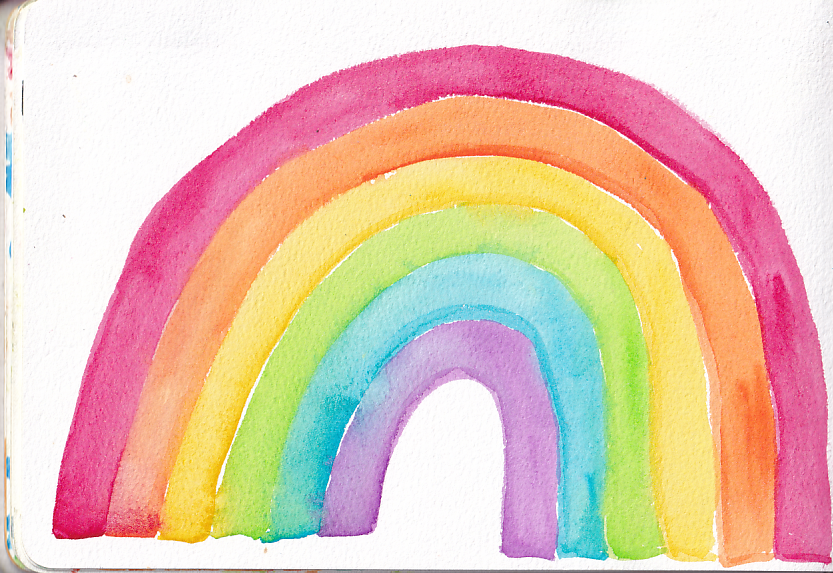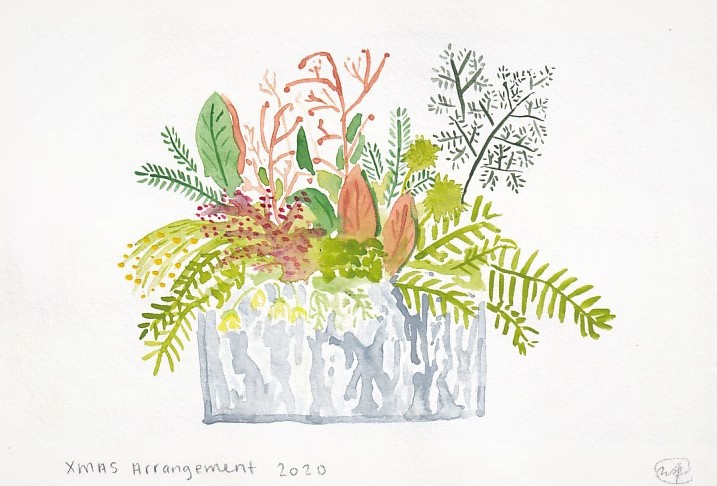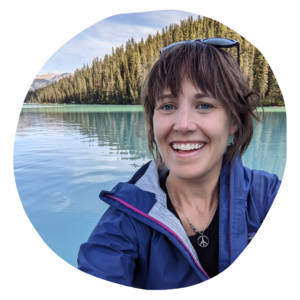Book Recap 2020 – Diversity, Environment, and History

Well, I hope you are curled up and cozy, with a cup of coffee, because this is the most significant reading year I’ve ever had.
All in all, I read 54 books. I bested my all-time high by 6 books. How? COVID-19 isolation. My happy place has always been with my nose in a book and I went for it this year with no guilt.
My reading life reflects my curiosities and challenges in 2020. There’s self-help, motivation, racial and indigenous justice… then March came… and I leaned heavily into graphic novels, classics, science fiction, advocacy, Buddhism, outdoor adventure, history, environmental science, and murder mysteries.
Reading Diversely
In June, I wrote a piece about the trajectory of my reading diverse project that I began in 2016. It is clear that there is still a problem with diversity in publishing. Yes, part of the problem rests with me but I also think the “micro stats” of my reading also display there is a systemic problem with who is being published and how they are marketed to the public. There was recently a big opinion piece in the New York Times, “Just How White Is the Book Industry?”, outlining the problem and the current statistics of who’s getting published and what they are being paid. Hopefully, now that this issue is getting more in the mainstream media, we will start to see some changes in the large publishing houses that dominate the market.
If there is anyone is the publishing business reading this – I sincerely long to read new stories and diverse perspectives. Please make this happen and I will spend money. Also, please hire even more diverse graphics designers for appropriate book covers.
Here’s how my diversity statistics came out this year:
- Black – 10
- Indigenous – 2
- Latinx – 1
- Middle Eastern – 1
- Asian – 3
- LGTBQ2S+ – 4
- White – 37
This number likely isn’t exact as I didn’t deep dive the author’s history, mostly just googled their name to check photos. And I only counted the LGTBQ2S+ if the author mentioned it in their work.
So, for diverse authors, I read 21 out of 54, which is 38%. Whomp, whomp :(
But, sadly, this is an OK number when put in context to what the book industry is publishing. The article in the NYT has an alarming chart that shows from their data collection that only 11% of books written in 2018 were written by people of colour. In 2018, I only managed to read 22% diversely.
The good news is that half of interns at major publishing houses this year are of diverse backgrounds and hopefully they will continue to climb and find success. Also, the books of diverse writers sell like crazy – the people are hungry for these stories. Let’s keep our foot on the gas.
New Discoveries
The big world of environmental science, non-fiction. I emotionally can not read books about climate change. I have tried in the years before and it always turns into a personal anxiety crisis.
If this sounds like a problem you have run into as well, but like myself, you wish to read more about the environment and contribute to positive change well, I have good news! There are alternatives out there. This genre will arm you with environment and natural science know-how and give you deep appreciation for our natural world. With that gained knowledge, I’m hopeful that I will be able to make personal changes and advocate for changes to address our climate crisis. I hope to share some reviews of the gems I’ve read this year and in 2021.
Murder mysteries! I’m really into Agatha Christie and enjoy how she explores both the light and the dark of human existence.
My introduction to Indigenous fiction, Indians on Vacation by Thomas King, really rocked my socks off. It was unnerving and comforting to read the experiences of the characters that reflected parts of my lived experience in rural Alberta. There was a section of the book that referenced Indigenous history that I researched this year, ranging from residential schools to the meeting place of Wetaskiwin, which is the region I grew up in (Battle River Valley). I’m still grappling with my growing understanding of the similarities of rural culture and Indigenous culture. I’m more supportive than ever of Canada’s goal of Truth and Reconciliation.

My Top Picks of Books Read in 2020
- Underland by Robert MacFarlane
- Mysteries of the underground!
- Historical exploration, rooted in geography, of places I’ve visited in my travels (such as Slovenia).
- Exploration of the impact of words and our species relationship with nature.
- She Said by Jodi Kantor and Megan Twohey
- Systemic issues of sexual harassment and assault.
- The power of collective action.
- Behind-the-scenes of journalistic rigour.
- War: How Conflict Shapes Us by Margaret MacMillan
- Exploration of why we go to war as a species.
- History of militaries and impact on civilizations.
- Insights into the impact of militaries on a global scale.
- Lands of Lost Borders by Kate Harris
- Nature and philosophy
- Self-reflection on a long trek
- Tracks by Robyn Davidson
- On being tough as nails. (link to illustrated book review)
- Indigenous history in Australia.
- Solo trekking.
- Camels.
- Rivers of Power by Laurence C. Smith
- So much science on rivers!
- Learned about people settling near rivers and why.
- A great accompaniment to our road trip of northern AB and BC this spring, especially regarding dams.
- The Broken Earth Trilogy by N.K Jemisin
- Amazing world building by N.K Jemisin
- Metaphors and analogies of contemporary racial injustice
- Introduced me to the world of geology
- Little Women by Louisa May Alcott
- It’s OK to be cozy. (link to illustrated book review)
- Family life meditation.
- Importance of creating a cozy and inclusive home.
- Indians on Vacation by Thomas King
- Indigenous joy.
- History of Indigenous people in Alberta.
- Intergenerational trauma and resiliency.
- You Belong: A Call for Connection by Sebene Selassie
- Basics of Buddhism.
- Creating community connection within yourself and with others.
- Resilience and coping.



Leave a Reply